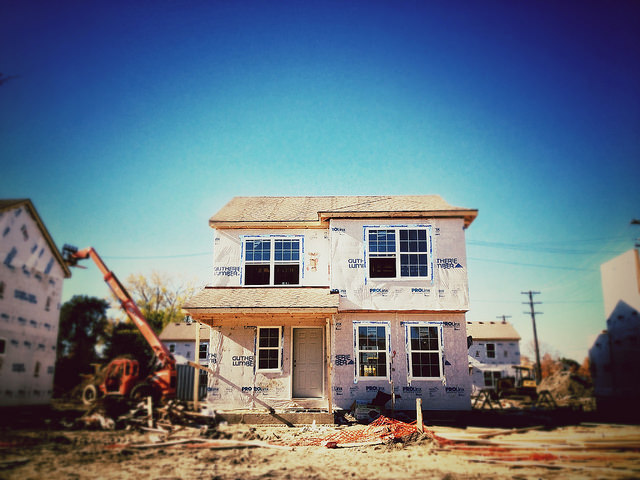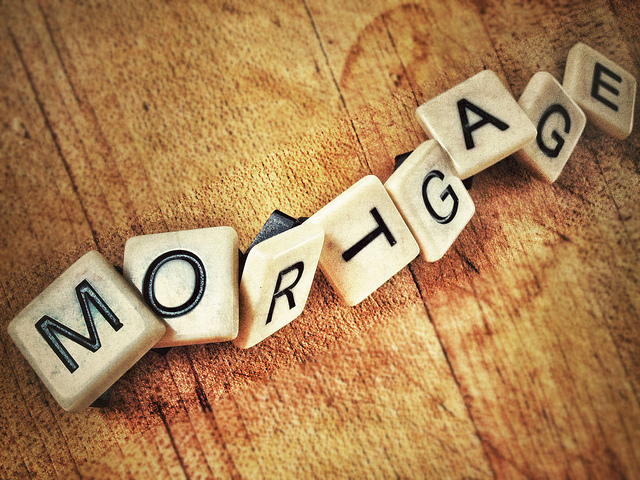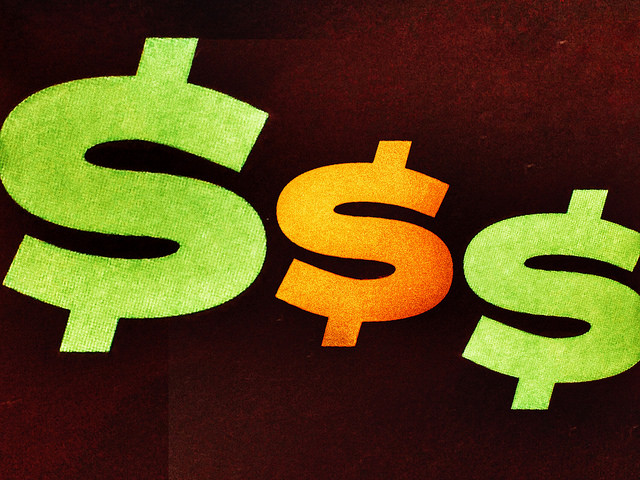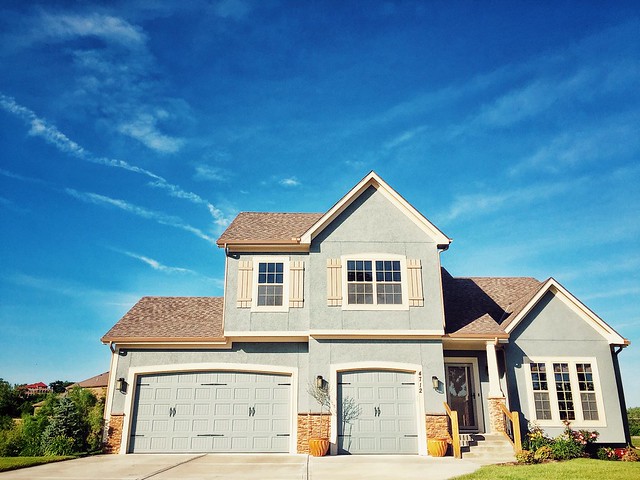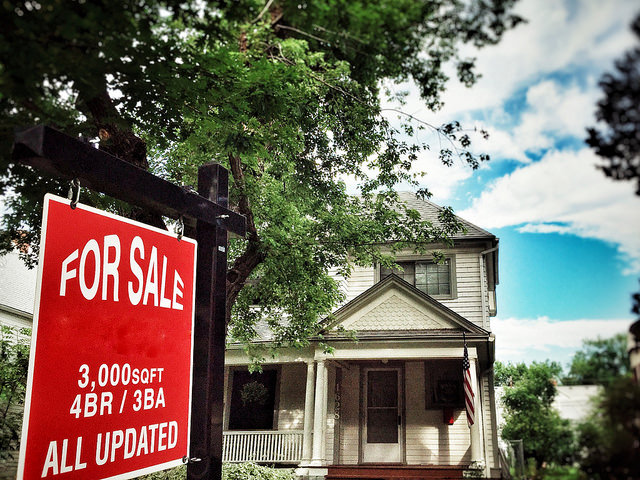New home sales are an important barometer for the housing market. When they’re selling quickly, home builders build more homes, which helps balance inventory and keeps home prices from spiking. In other words, if you want to know how the housing market is doing, new home sales are a good place to check. That’s why new numbers from the U.S. Census Bureau and the Department of Housing and Urban Development are encouraging. Their January New Residential Sales report shows a spike in sales, which are now at their highest level since July 2007. The gains were better than expected. Economists polled by Reuters had predicted a 3.5 percent gain from December, but the report shows sales up 7.9 percent. So what does this mean? Well, it likely means that the recent improvements in new home construction and building permits will continue. And that means added inventory at a time when it’s lower than normal in many markets. This could help reverse recent home price trends, which have shown prices beginning to rise more quickly after a period when they were slowing down. (source)
